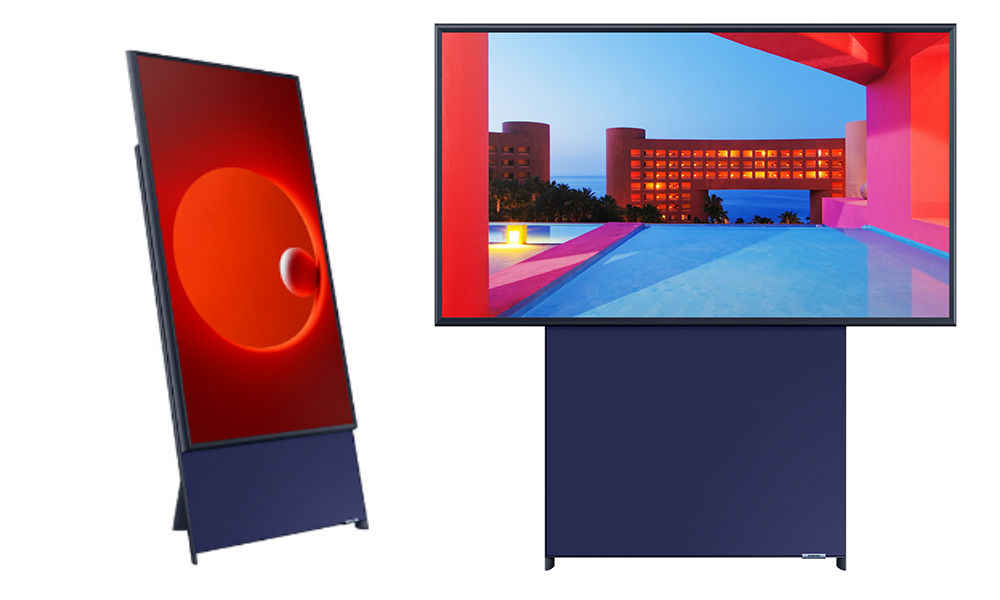Realme’s latest smartphone, the Realme 3 Pro, recently went up for sale in India. The company claims that it sold off over 1.7 lakh units of the handset in eight minutes and announced two more ‘surprise’ sales on the same day. Additionally, the phone manufacturer also rolled out an update for the device on the same day, which adds some new features to the phone’s camera. The update carries the build number RMX1851EX_11_A.12 and is 182MB in size. The update brings support for capturing super slow-motion videos at 960fps for the Realme 3 Pro. There are some improvements to the device’s camera quality and clarity, along with improvements to the phone system’s stability.
The update doesn't update the Realme 3 Pro's Android security patch to April. While users of the device should receive a notification when the update is available for their units, they can check if the update is available manually in the Software update tab, in the handset’s settings. One can also download the latest firmware and flash it manually. However, do note that one will need to download the entire build that weighs 2.45GB in size and follow the instructions here to flash it.
The new Realme 3 Pro goes up against the Xiaomi Redmi Note 7 Pro (review) and other phones in the same price range. It is powered by the Qualcomm Snapdragon 710 SoC and was announced in three variants with up to 6GB RAM and 128GB of internal storage. It sports a 6.3-inch Full HD+ display with a dewdrop notch design and runs on ColorOS 6.0 based on Android 9 Pie. Backed by a 4045mAh battery, the handset comes with VOOC 3.0 fast-charging support.
In terms of optics, the Realme 3 Pro features dual-rear cameras where one is a 16MP sensor with an f/1.7 aperture lens, while the other one is a 5MP sensor with f/2.4 aperture lens. On the front, it features a 25MP sensor that is paired with an f2.0 aperture lens, supports AI beautification modes and face unlock. The device also features the Hyper Boost 2.0 software, which the company claims enhances the phone’s speed and gaming experience.


